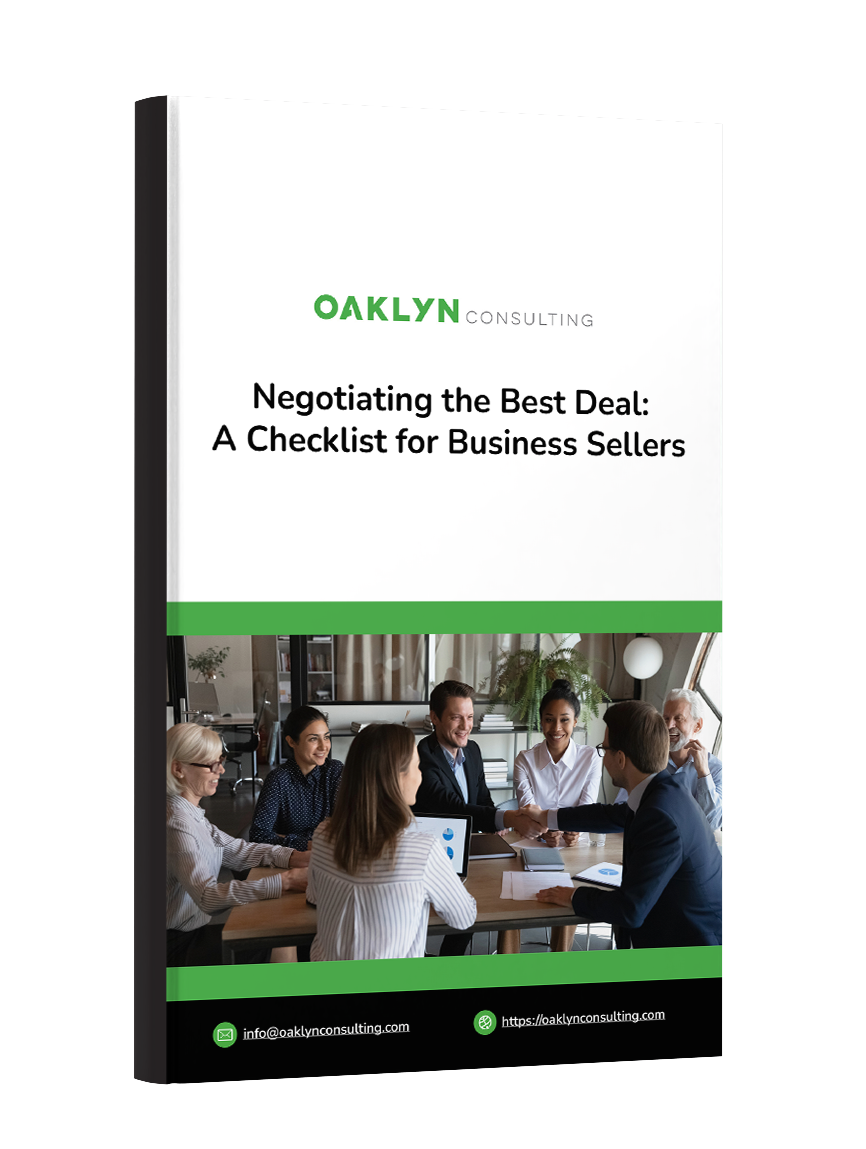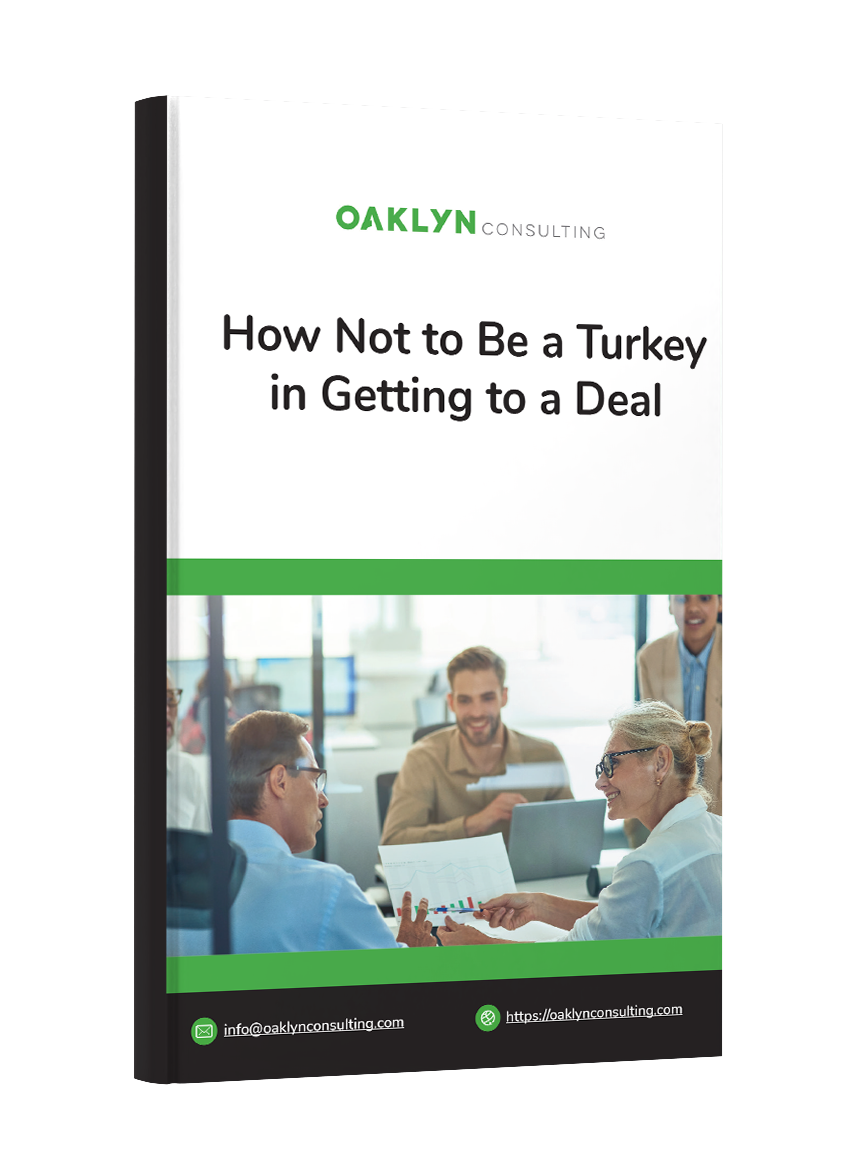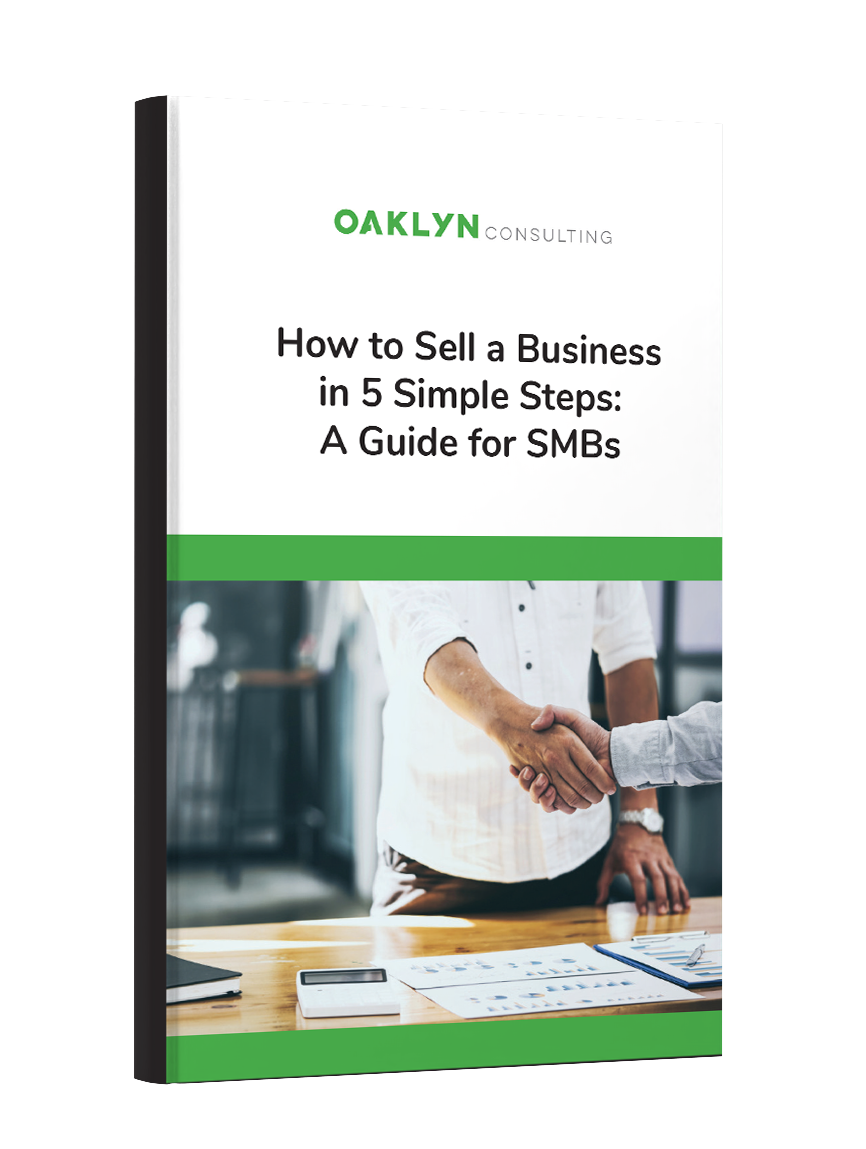If a business doesn’t have a pressing need to get a deal done right away, it often makes sense to wait. But sometimes, companies have a compelling reason to solidify a merger or acquisition immediately, which means business leaders may have to agree to disagree on certain factors.
Read the full article in CEOWorld.
Read the article in PDF.
Economic uncertainty caused by the pandemic has resulted in an uneven year for small to mid-sized businesses. Some verticals, such as e-commerce and grocery stores, have thrived in the stay-at-home environment. Others, like restaurants and the hospitality industry, have experienced drops in income despite their fundamentals remaining strong. And still others have struggled to the point that the future of their organizations is in doubt.
The pace of mergers and acquisitions in this environment has been similarly uneven. There has been enthusiasm in the investment community for small businesses, with some fetching reasonably high prices. But elsewhere in the business world, uncertainty about what lies ahead has prevented many other organizations from moving forward on major plans like a sale or purchase.
If a business doesn’t have a pressing need to get a deal done right this moment, it often does make sense to wait. But let’s talk about the groups that can’t stand to wait — or have a compelling reason to enter into a deal right now. For those businesses, finalizing a merger or acquisition might mean agreeing to disagree on some areas — chief among them price.
Who can’t stand to wait? One of my firm’s recent clients is a good example. They’re a software company that wasn’t able to raise growth equity in the current economic environment. They couldn’t afford the carrying costs of waiting, and if they hadn’t been acquired by another company, they would have run out of money. Completing a deal helped preserve their team and product, while helping their original buyers get their money back.
In other verticals, the moment we’re living through is considered a rare, even generational opportunity to make big investments. In the hotel management sector, for example, there’s interest in buying new hotels while prices are low. If your business senses a similar opportunity on the horizon that can’t wait, it might make sense to move forward now.
In most cases, current trends from 2020 don’t present an accurate picture for establishing a business’s sale price. For buyers and sellers seeking to finalize a deal right now that’s fair for both sides, the wisest route might be to agree on a structure in which the final price will be determined at some predetermined point in the future.
Think of it in the same way as a health insurance policy. Many of us pay a certain price each month to cover the eventual cost of our health care in case we ever need it. That monthly premium is different for each person and is based on a formula for how risk is shared when a certain situation arises. To some degree, you’re making a bet about the future, although both sides are doing it based on the data available. Nobody knows for sure how things will play out, but using a formula ensures that — in a perfect world, at least — both the individual and the insurance company pay a price that is affordable for both.
Businesses thinking about using a formula to determine a final sale price should determine, before entering into an agreement, the minimum price they’re willing to accept (as a seller) or the maximum price they’re willing to pay (as a buyer). Most common formulas will agree on a minimum price; then, depending on the success of the business over a set period, the buyer will pay an additional amount on a sliding scale.
Both parties will need to agree on a metric measuring success or failure that is as high as possible on a company’s financial statement. The best metric can vary from business to business, but in general, revenue is a better metric than gross profit, and gross profit is a better metric than net income. The time period covered by a formula is often 12 or 24 months, though the shorter the better.
An important side benefit to this method is how it can affect optics. Each side can come away thinking they’re going to get the better end of the deal — sellers think they’ll earn the maximum amount possible, while buyers think they’ll get a bargain. In the long run, one party will end up getting more of what they want than the other, but in the short term, both sides can go back to their boards and senior management and present the deal as a success. The seller can say she sold her business for 20x earnings, while the buyer can tell his team that they bought the business at 7x earnings.
In uncertain times like these, if you want to increase the odds that your deal will reach completion, it’s worth looking at how risk can be shared between your business and another party. Embracing the idea of a concrete, specific formula can help bridge a difference of opinion.
Because success looks different from each party’s perspective, any agreement of purchase or sale has to be drafted carefully to ensure that both sides have the adequate level of protection. As Vice Chancellor Travis Laster of the Delaware Chancery Court said in an opinion, an earnout structure of this type “often converts today’s disagreement over price into tomorrow’s litigation over outcome.” To avoid this, buyers and sellers should make sure to consider all the factors that might affect a business’s success over the earnout period and communicate them to their professional advisor.



